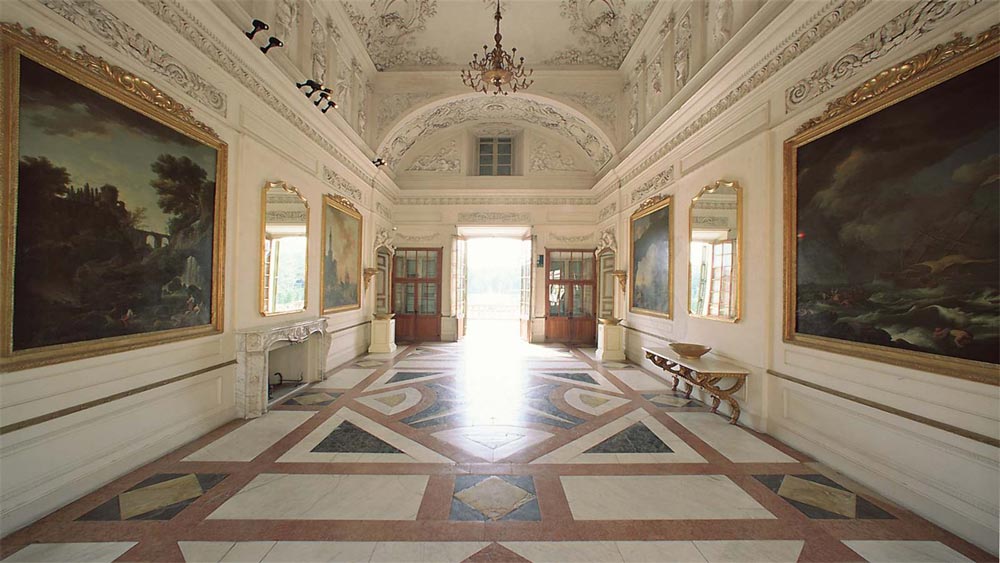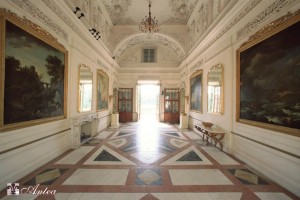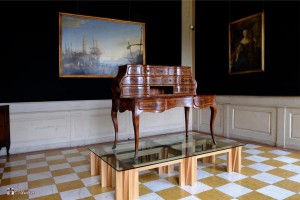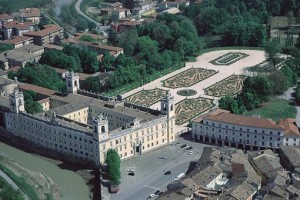Reggia Di Colorno
Reggia Di Colorno
Reggia Di Colorno
The Colorno ducal palace, also known as Colorno's palace, was built at the beginning of the 18th century by Duke Francesco Farnese on the remains of the Colorno fortress.
Colorno fortress was built in 1337 by Azzo da Correggio with the aim of defending Oltrepò. It belonged to the families of the Correggio and of the Third, and from the 16th to the 17th century it was restructured by Barbara Sanseverino who transformed it into a palace and made it home to a refined court and a prestigious collection of paintings by Titian, Correggio, Mantegna and Raffaello.
After the confiscation and decapitation of Countess Barbara Sanseverino by Duke Ranuccio I, the Colorno palace passed in 1612 to the Farnese. Ranuccio II at the request of his wife Margherita Violante of Savoy began renovations but the present appearance of the palace is due to his son Francesco Farnese and architect Ferdinando Bibbiena.
In 1731, at the death of Antonio Farnese, last Duke of Parma, for the maternal descendants the duchess passed to Charles III of Bourbon who moved to Naples the collections and furnishings of the palace.
In 1749 the duchy passed to Philip of Bourbon, brother of Charles III and the second son of Elisabetta Farnese. Filippo entrusted to the architect Ennemond Alexandre Petitot the task of restoring the palace, mainly French maestrances were used to make the interior of the palace resemble the palace of Versailles in honor of Filippo's wife, Luisa Elisabetta, daughter of Louis XV. The outside appearance of the palace was not modified except for the addition of the external staircase.
At the death of Ferdinand of Bourbon, successor to Philip, the Duchy of Parma was annexed by Napoleon to France.
On November 28, 1807, a decree by Napoleon declared him "Imperial Palace" and new works were started. After the Vienna Congress, the Duchy was awarded to Napoleon's wife Maria Luigia d'Austria who made her one of her favorite residences by adding a large English garden.
After the unity of Italy the palace was sold by the Savoy to the Demanio of the Italian State and in 1870 it was purchased from the province of Parma.














